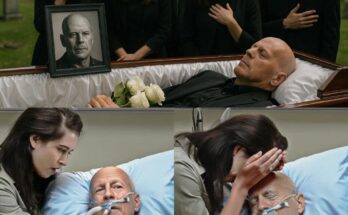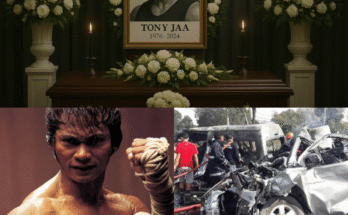When Bruce Lee died suddenly on July 20, 1973, at the age of just 32, the world was stunned into silence. The man who had seemed indestructible on screen—the Dragon, the philosopher-warrior, the icon who bridged East and West—was gone overnight. His death, ruled as a cerebral edema, only fueled speculation and conspiracy theories. To this day, questions remain about what really happened.
But in the aftermath of his passing, something else surfaced—something that left even those closest to him speechless. Tucked away in his Hong Kong home, hidden behind a simple garage door, was a world few had ever glimpsed. What investigators and family discovered there was not an ordinary space of storage and dust. It was a vault of brilliance, a physical manifestation of Bruce Lee’s restless mind and unfinished ambitions.
The garage revealed not only who Bruce Lee was in life, but who he was becoming—and what the world lost when his journey was cut short.
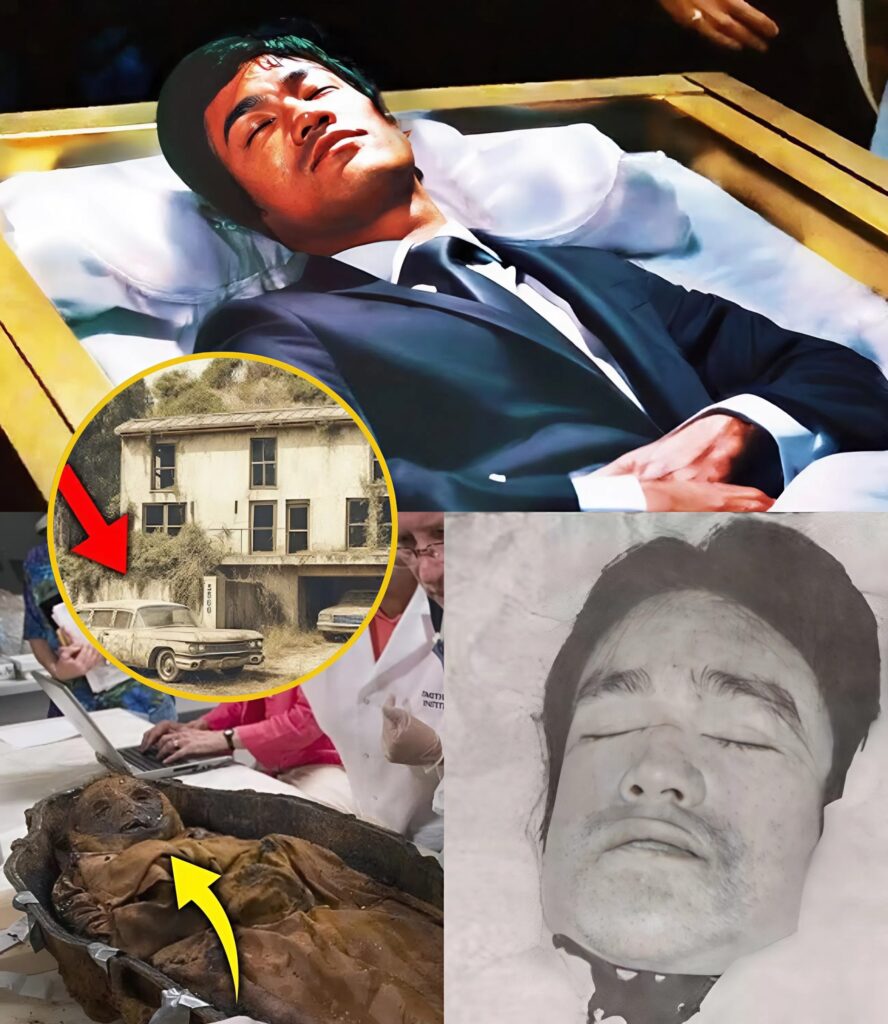
More Than a Garage
To the untrained eye, the room may have looked chaotic: stacks of papers, handwritten notes tacked on the walls, strange-looking training equipment, film reels in scattered boxes, and books piled high. But to those who knew Bruce, it was unmistakably his domain—a hybrid dojo, laboratory, library, and workshop.
Where others saw clutter, Bruce saw possibility. He was a man who detested stagnation. Just as he refused to let martial arts calcify into rigid traditions, he refused to let his own environment sit still. His garage reflected this philosophy: everything was a work-in-progress, a question waiting for an answer, a sketch waiting to be realized.
The Journals That Spoke Beyond Death
Perhaps the most striking discoveries were his journals. Lee was a relentless note-taker, filling notebook after notebook with training regimens, philosophical insights, sketches, and reminders. These journals, found boxed and scattered across the garage, became the blueprint of a mind that thought in motion.
In their pages, Bruce mapped out what would later crystallize into Jeet Kune Do, his groundbreaking martial arts philosophy. But the entries went far beyond combat. He scribbled reflections on personal freedom, the nature of truth, and the dangers of clinging to fixed identities. Phrases like “Be water, my friend” emerged not as poetic slogans but as distilled revelations from countless hours of study and experimentation.

What left many speechless was how prophetic these notes felt. Bruce anticipated cultural conversations that would only dominate decades later: the emphasis on adaptability, the rejection of rigid categories, the insistence on individuality in a conformist world. His garage became not just a gym, but a sanctuary for the articulation of ideas that now feel timeless.
Cinematic Dreams Left Behind
Equally remarkable were the reels of film discovered in the garage. Far from polished Hollywood productions, they were fragments: sparring sessions, rehearsals of movements, and experiments with camera angles.
In one reel, Bruce moved alone in near silence, striking, blocking, shifting footwork, then stopping to write notes on a chalkboard. In another, he placed mirrors at odd angles, as if testing how reflections might add depth to fight choreography. These were not the actions of a man satisfied with being an actor—they were the experiments of a filmmaker, innovator, and storyteller.
The footage revealed that Bruce was teaching himself a new grammar of cinema. Long before action films standardized slow-motion sequences, overhead shots, or fluid handheld camera work, Bruce was exploring them in his garage. He seemed to understand instinctively that martial arts on screen was not just about combat, but about rhythm, poetry, and perspective.
What Hollywood lost when Bruce Lee died was not merely a bankable star. It was a director, choreographer, and creative visionary whose innovations might have reshaped filmmaking as profoundly as his martial arts reshaped combat.
The Blueprints of an Inventor
Hidden in boxes and pinned to boards were sketches that startled even those who thought they knew Bruce best. He had been designing equipment—prototypes of training machines that would not become mainstream until decades later.
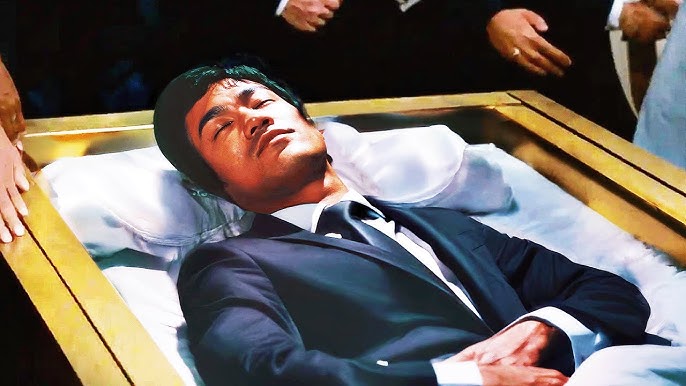
Some resembled modern resistance bands. Others looked like early versions of today’s multi-functional gym stations. He had drawn weighted vests for endurance training, cable machines for precision strength work, and balance devices for agility. These weren’t idle doodles—they were attempts to engineer efficiency, to strip away wasteful effort and maximize results.
Bruce’s garage was a workshop of biomechanics before the term was fashionable. He was not content to inherit tools; he wanted to invent them. Just as he rejected tradition in martial arts, he rejected tradition in physical training, seeking instead to create a system where the body and its tools were perfectly aligned.
A Philosopher’s Library
Perhaps the most unexpected find was the sheer breadth of his private book collection. In a large chest, there were not only martial arts manuals and anatomy texts but also philosophy, psychology, poetry, and science. Nietzsche’s Thus Spoke Zarathustra sat beside Krishnamurti’s essays on the self. Works on quantum physics mingled with Taoist classics.
The margins of many books were filled with his handwriting. He connected Nietzsche’s call for self-overcoming with his martial arts practice. He underlined Krishnamurti’s critiques of conformity and wrote notes about adapting “useful” concepts while discarding the rest.
This eclectic collection proved what many suspected: Bruce Lee was not merely a fighter who read; he was a philosopher who fought. His garage was not only a place of sweat and muscle, but also a crucible of intellectual transformation.
The Symbolism of the Garage
So why did this discovery leave people speechless? Because it revealed a truth larger than Bruce Lee himself. His garage symbolized a life lived in motion, an existence that refused to be boxed in. He was at once an actor and a philosopher, a fighter and an inventor, a celebrity and a student.
The contents of that room showed us that Bruce Lee was not finished—not with martial arts, not with film, not with philosophy. He was a man in the middle of multiple revolutions, each of which might have transformed entire industries had he lived.
The garage whispered of futures that never materialized. A fitness empire decades ahead of its time. Films that might have redefined action cinema forever. Philosophical writings that could have rivaled the influence of major thinkers. All of it remained suspended, frozen at the moment of his death.
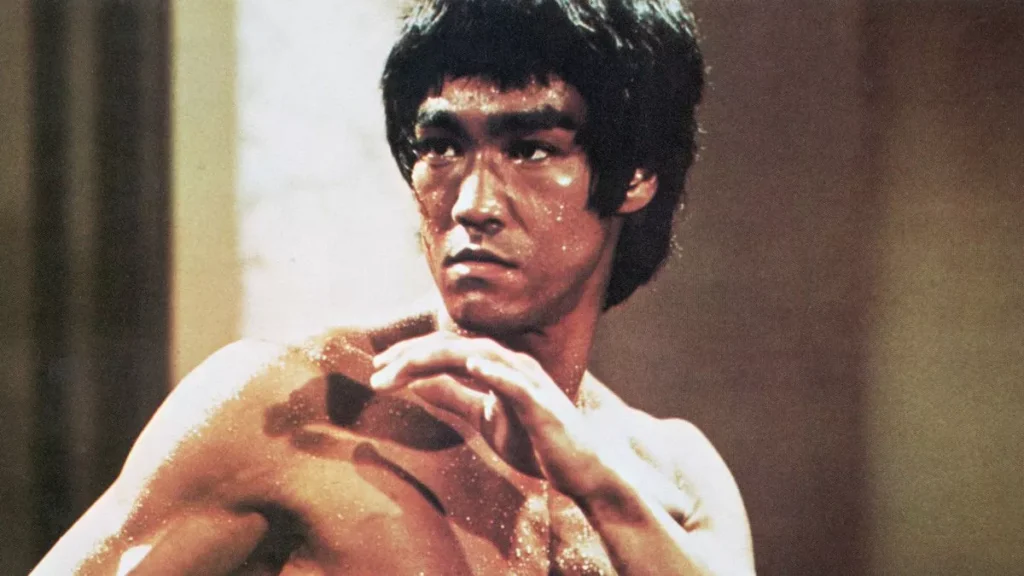
Why It Still Matters
Half a century later, why do the contents of Bruce Lee’s garage still matter? Because they remind us that greatness is rarely confined to one arena. Bruce Lee was not simply the martial arts superstar the world adored. He was a polymath, driven by an insatiable hunger to learn, create, and redefine boundaries.
The garage shows us that innovation often begins in hidden spaces, far from the spotlight. It is a reminder that legends are not only built on what the public sees, but also on the unseen work, the sketches, the drafts, the failed experiments.
Most of all, it demonstrates that Bruce Lee’s legacy is not complete. It continues to unfold each time a new note, drawing, or reel of film is revealed. His garage was not a tomb of unfinished projects, but a seedbed of ideas that continue to influence fitness, cinema, and philosophy to this day.
Conclusion: The Dragon’s Unfinished Symphony
Standing in Bruce Lee’s garage after his death was like stepping inside the unfinished symphony of a genius. It was chaotic yet purposeful, filled with fragments of brilliance that, if completed, might have altered the course of multiple fields.
His journals captured the voice of a philosopher, his blueprints revealed the mind of an inventor, his films displayed the instincts of a pioneering director, and his books showed the soul of a thinker. Taken together, they remind us that Bruce Lee’s true greatness was not in what he achieved in his short life, but in what he was still on the verge of becoming.
That is why the discovery left everyone speechless. Because in those scattered notes and sketches, the world saw not only what Bruce Lee had been—but what humanity lost when the Dragon was silenced too soon.
